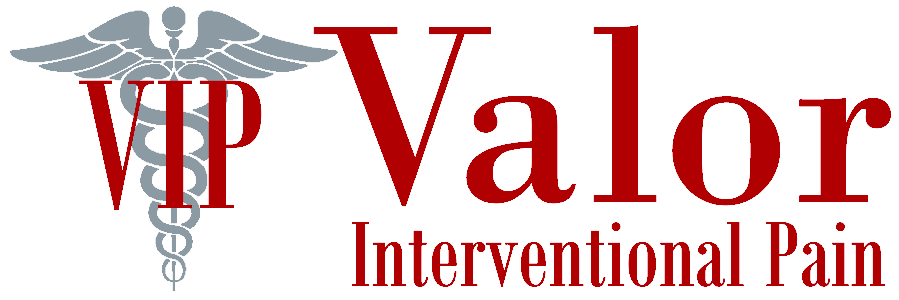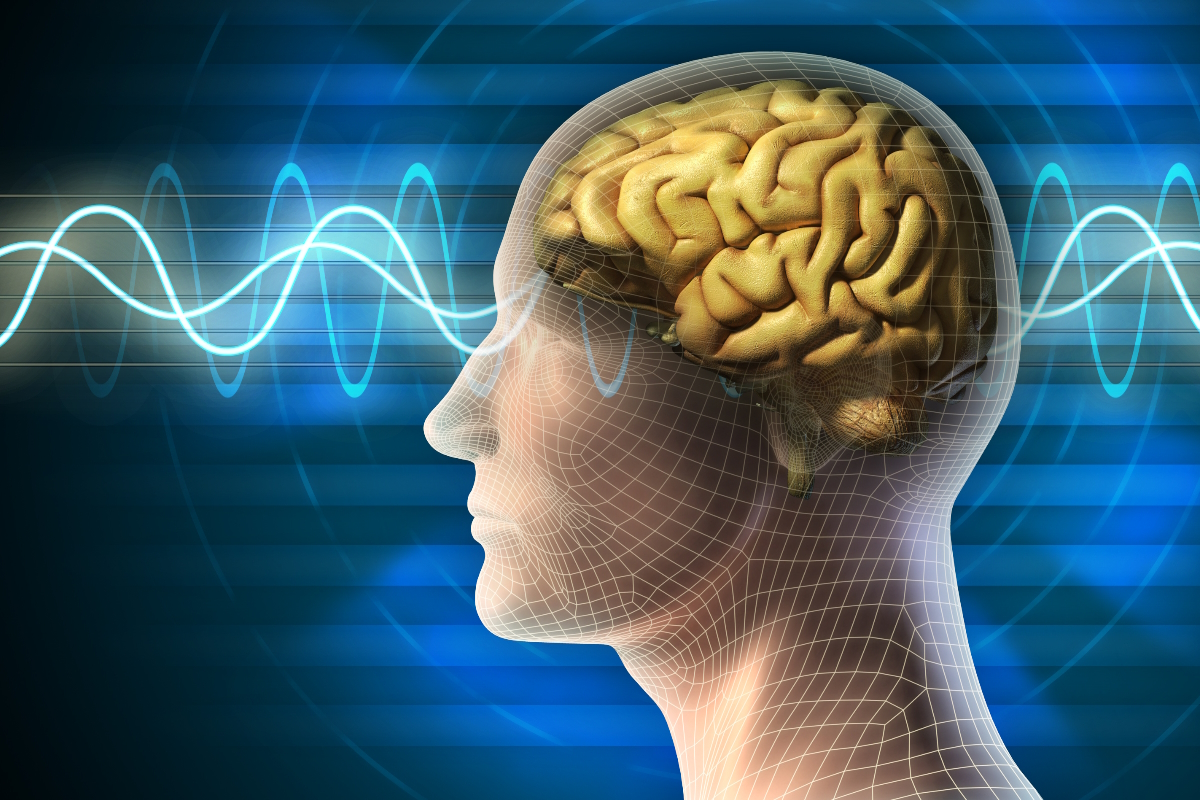Neuromodulation is a field that studies how nervous system activity can be regulated or altered through various means. Its history spans several centuries and includes a range of techniques from early electrical stimulation to modern deep brain stimulation. Here is an overview.
Early Discoveries (19th Century)
Galvani and Volta: In the late 18th and early 19th centuries, Luigi Galvani and Alessandro Volta conducted pioneering work on electrical stimulation of nerves. Galvani’s experiments with frog legs and Volta’s development of the voltaic pile laid the groundwork for understanding electrical effects on biological tissues.
19th Century
Fritsch and Hitzig: In the 1870s, surgeons Gustav Fritsch and Eduard Hitzig mapped the motor cortex using electrical stimulation in dogs, establishing the principles of cortical stimulation.
Early 20th Century
Penfield: In the 1930s, Wilder Penfield expanded this work with electrical stimulation of the brain to map brain functions in humans during neurosurgery.
Mid-20th Century
Deep Brain Stimulation (DBS): The concept of using electrical stimulation for therapeutic purposes gained traction in the mid-20th century. Early research and clinical trials focused on using DBS to treat movement disorders such as Parkinson’s disease.
Two Decades: 1960 and 1970
Spinal Cord Stimulation: The technique was developed for pain management, with initial experiments and clinical applications emerging in the 1960s and 1970s.
Late 20th Century to Present
Advancements in Technology: The development of advanced technologies, such as programmable neurostimulators and sophisticated imaging techniques, has greatly enhanced the precision and effectiveness of neuromodulation therapies.
Late 20th Century to Present
Expanding Applications: Neuromodulation has expanded beyond movement disorders to include treatment for psychiatric conditions (like depression and obsessive-compulsive disorder), chronic pain, and even conditions such as epilepsy and stroke rehabilitation.
Advanced Techniques to Treat Pain
The field of neuromodulation continues to evolve with ongoing research into new techniques, such as non-invasive brain stimulation (e.g., transcranial magnetic stimulation) and innovative applications in various neurological and psychiatric disorders.

